Reflexology
Definition
Reflexology is an ancient practice in Chinese medicine that consists of massaging and squeezing on parts of the feet or other areas of the body to promote improved health and wellbeing.
It has been used in China since 2704 B.C. to compliment other natural healing methods while stimulating your body's recovery abilities. It is more than just a foot massage as its therapeutical effects are numerous.
PROCESS
Through a gentle yet effective therapy, foot massage reflexology relieves tension and clears blockages by stimulating sensory receptors in the nerve fibers of the foot. As a result, energy is produced that branches to the spinal cord where it is dispersed throughout the entire nervous system. It is based on a system of zones and reflex areas that reflect an image of the body on the feet. During a foot massage reflexology session, endorphins are released into the bloodstream, easing aches and pains, promoting a feeling of deep relaxation and balance.
BENEFITS
A foot massage reflexology session greatly relaxes the body, thereby reducing any constriction of blood vessels and improving circulation. In turn, it helps to break up and dissolve crystal deposits caused by an excess of uric acid, which has built up in the body and settled in the feet. Reflexology helps restore and maintain the bodies’ natural equilibrium and encourages the body to work naturally to restore its own healthy balance.
Researches and studies have shown foot massage sessions to assist in conditions such as: arthritis, back pain, migraine headaches, sleep disorders, hormonal imbalances, sports injuries, digestive disorders, high blood pressure, and stress related issues.



